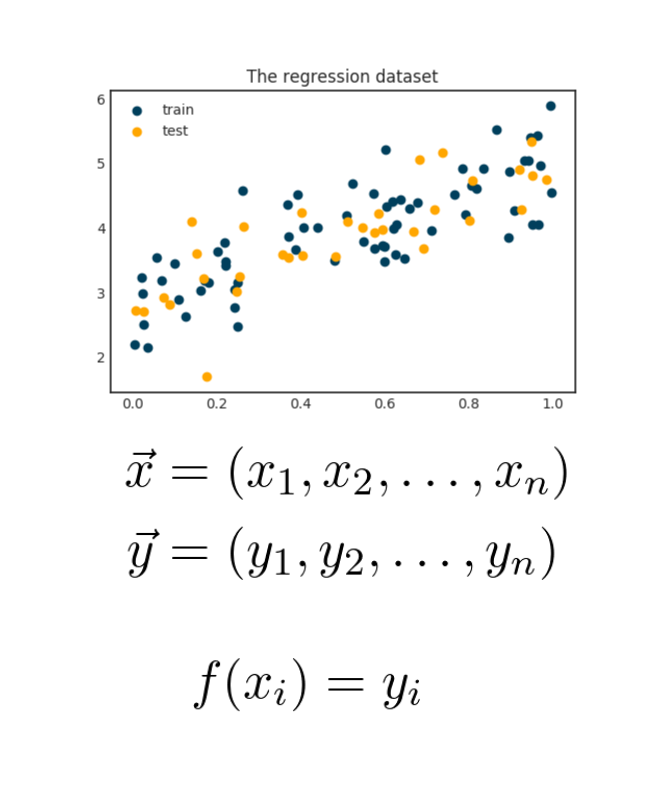
Conditional probability is one of the central concepts of statistics and probability theory.
Without a way to account for including prior information in our models, statistical models would be practically useless.
Let's see what conditional probability simply means!
Without a way to account for including prior information in our models, statistical models would be practically useless.
Let's see what conditional probability simply means!

If 𝐴 are 𝐵 are two events, they are not necessarily independent of each other.
This means that the occurrence of one can give information about the other.
When performing statistical modeling, this is frequently the case.
To illustrate, we will take a look at spam filters!
This means that the occurrence of one can give information about the other.
When performing statistical modeling, this is frequently the case.
To illustrate, we will take a look at spam filters!
Suppose that you have 100 mails in your inbox.
40 is spam, 60 is not.
Based only on this information, if you receive a random letter, there is a 40% chance that it is spam.
This is not sufficient to build a decent model for spam detection.
40 is spam, 60 is not.
Based only on this information, if you receive a random letter, there is a 40% chance that it is spam.
This is not sufficient to build a decent model for spam detection.

We can have additional information, though.
What about taking a look at the mail and checking for the word "offer"?
It turns out that among the 48 mails containing this word, 36 are spam! Here, we can find this by simply counting.
What about taking a look at the mail and checking for the word "offer"?
It turns out that among the 48 mails containing this word, 36 are spam! Here, we can find this by simply counting.

So, let's formulate this in the language of probability!
Based on this sample, if you know that a mail contains the word "offer", there is a 75% percent chance that it is spam.
Knowing this can help you make a better decision when filtering out unwanted spam mail.
Based on this sample, if you know that a mail contains the word "offer", there is a 75% percent chance that it is spam.
Knowing this can help you make a better decision when filtering out unwanted spam mail.

Essentially, conditional probability restricts the event space to the observed event.
It allows you to refine your statistical models upon gaining new information.
However, obtaining it is not always as simple as above. You can't just simply count in all cases.
It allows you to refine your statistical models upon gaining new information.
However, obtaining it is not always as simple as above. You can't just simply count in all cases.

For these situations, the Bayes formula is there to provide a tractable way to update our beliefs about the world, given new information.
I recently wrote a thread about this, check it out!
I recently wrote a thread about this, check it out!
https://twitter.com/TivadarDanka/status/1363875041985908742
• • •
Missing some Tweet in this thread? You can try to
force a refresh











